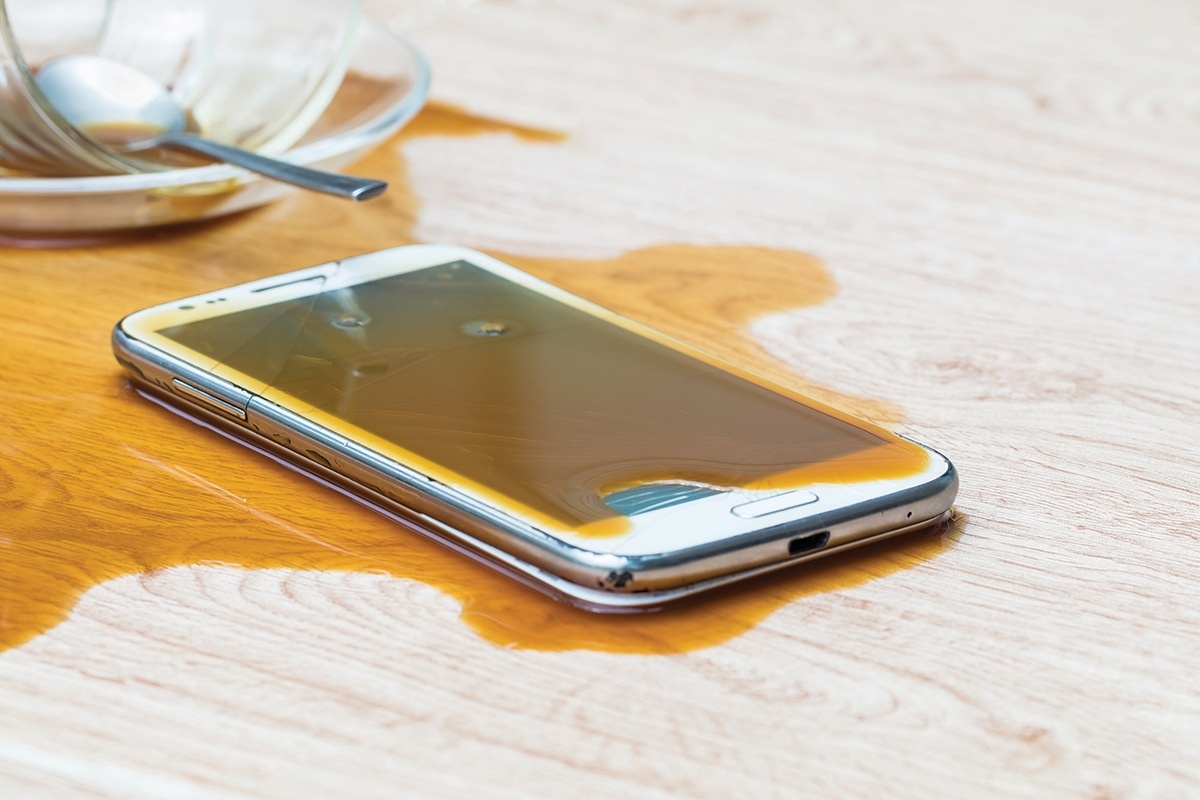Our cellphones seem indispensable these days—especially to the younger generation. It’s true: Phones are handy, combining the functions of a telephone, clock, camera, TV, computer and lots of other machines into one small package that’s easy to carry everywhere. But sometimes, the habit of taking our phones everywhere can get us into trouble.
This was the case with Madison Coe, 14, of Lubbock, who was electrocuted in July when she attempted to use and charge her phone while taking a bath at her father’s home in Lovington, New Mexico.
Coe’s family gave Lovington police permission to release her last text message, in which she wrote: “When you use [an] extension cord so you can plug your phone in while you’re in the bath.” Attached to the message was a photo of a charger plugged into an extension cord resting on a towel.
A police report confirmed that the phone was never immersed. The phone’s charger cord was connected to an extension cord, which was plugged into a nongrounded bathroom wall outlet that didn’t have a ground-fault circuit interrupter. Coe “took precautions to keep the connection of the cords dry,” the report states, but “it is believed she was not aware of a significant area of fraying to the extension cord.”
This tragic event highlights several intersecting electrical safety concerns: cellphones and chargers, extension cords, outlets and water. Review these points with your family and you could save a life.
Water and Electric Appliances
First, the most basic—and important—point: Electricity and water should never mix. Keep all electrical appliances away from water. Never rest anything plugged in on the edge of a sink, tub or toilet, or outside near a pool or hot tub. Make sure hands are dry and you are not standing in or touching water while touching anything electrical.
Parents should remind children that a cellphone is an electrical appliance just as likely as an electric razor or hair dryer to cause a shock with water, and encourage kids to put down their phones before going into bathroom or pool areas.
Cords and Plugs
Once a charger is connected, the risk of shock increases. Appliances have protective, insulated cords and coverings to prevent contact with the electricity inside, but if the insulation or the appliance covering becomes damaged, users are at risk of contacting a bare live wire, which could cause serious shock. Inspect cords and plugs regularly, and throw away any that show fraying or damage to the grounding prong.
Outlets
Outlets should be equipped with ground-fault circuit interrupters if they are in areas near water, such as bathrooms, kitchens, utility rooms, and outdoors around pools and hot tubs. A GFCI can prevent electrocution by immediately cutting power to a circuit when it detects a fault through contact with water.
Outlets equipped with GFCIs have buttons that read “Test” and “Reset,” and should be tested regularly for proper functioning. If you need to install GFCI outlets in your home’s water areas, contact a licensed electrician.
An estimated average of 70 electrocution fatalities per year were associated with consumer appliances between 2007 and 2009, according to the U.S. Consumer Product Safety Commission, which assisted police in the investigation into Coe’s death. The most common product categories associated with these electrocutions were small appliances, large appliances and power tools.
Paying attention to the dangers of electricity around water can help prevent an unthinkable tragedy like the one that befell Madison Coe. Make sure you and your family know how to stay safe.


